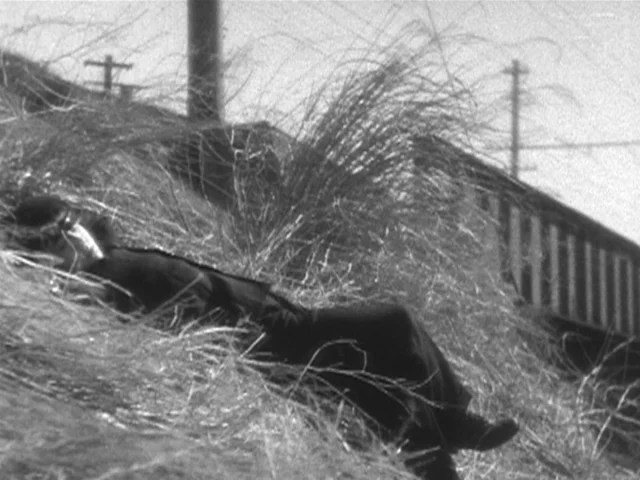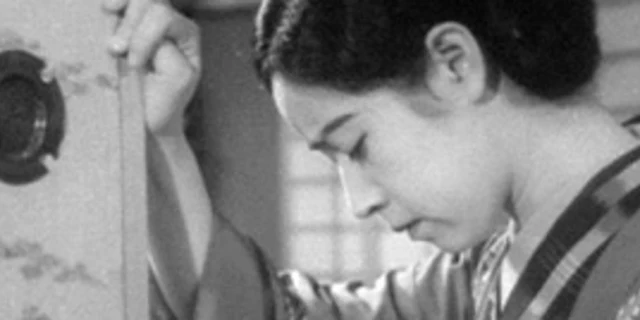One of Mikio Naruse's earliest surviving silent films, Apart From You is a fable in support of filial devotion. An aging geisha, Kikue (Mitsuko Yoshikawa), is trying to raise a teenage son, Yoshio (Akio Isono), but he has become ashamed of his mother's profession. When she discovers that Yoshio has been cutting school and has joined a gang, her friend and fellow geisha, the pretty young Terugiku (Sumiko Mizukubo), tries to help Kikue by showing Yoshio what her own dysfunctional family is like. The contrast with his own self-sacrificing parent inspires him to give up his adolescent rebellion. Though the film teeters on the edge of sentimentality, it's saved by the complexity of the characters, the performances of the actors, and the fluidity of the direction and camerawork.
A blog formerly known as Bookishness / By Charles Matthews
"Dazzled by so many and such marvelous inventions, the people of Macondo ... became indignant over the living images that the prosperous merchant Bruno Crespi projected in the theater with the lion-head ticket windows, for a character who had died and was buried in one film and for whose misfortune tears had been shed would reappear alive and transformed into an Arab in the next one. The audience, who had paid two cents apiece to share the difficulties of the actors, would not tolerate that outlandish fraud and they broke up the seats. The mayor, at the urging of Bruno Crespi, explained in a proclamation that the cinema was a machine of illusions that did not merit the emotional outbursts of the audience. With that discouraging explanation many ... decided not to return to the movies, considering that they already had too many troubles of their own to weep over the acted-out misfortunes of imaginary beings."--Gabriel García Márquez, One Hundred Years of Solitude



